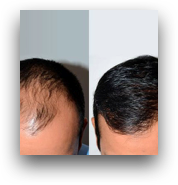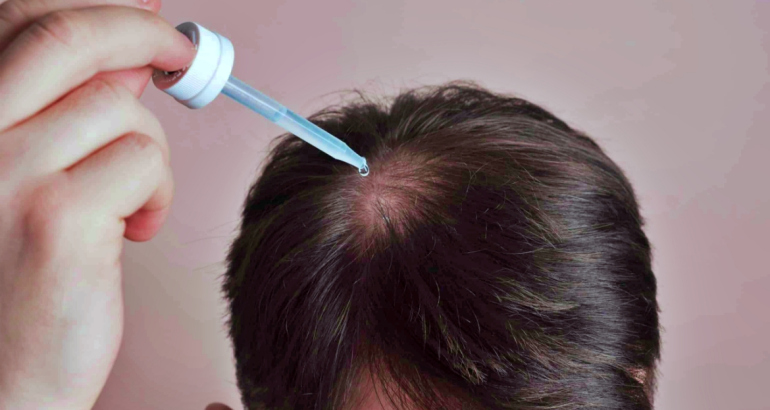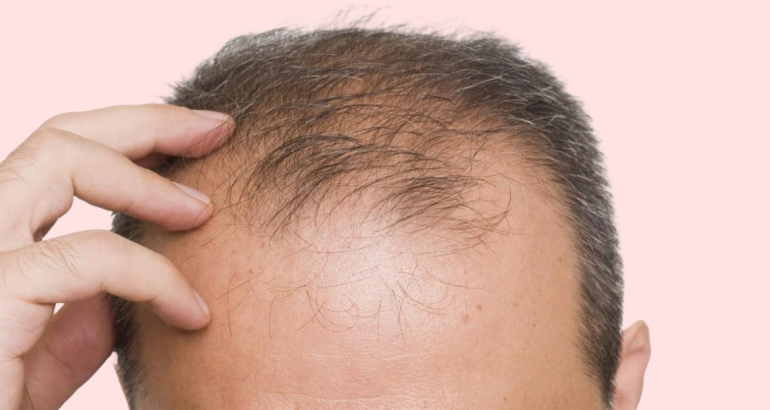Hair Transplant Surgery

Hair Transplant
In the most common type of permanent hair loss, only the top of the head is affected. A hair transplant, or restoration surgery, can make the most of the hair you have left.
During a hair transplant procedure, a dermatologist or cosmetic surgeon removes hair from a part of the head that has hair and transplants it to a bald spot. Each patch of hair has one to several hairs (micrografts and immigrants). Sometimes a larger strip of skin containing multiple hair groupings is taken. This procedure doesn’t require hospitalization, but it is painful so you’ll be given a sedation medicine to ease any discomfort. Possible risks include bleeding, bruising, swelling, and infection. You may need more than one surgery to get the effect you want. Hereditary hair loss will eventually progress despite surgery. Surgical procedures to treat baldness are not usually covered by insurance

Non-Surgical Hair Replacement Attachment
A hair replacement system is a sound hair loss solution for those who have thinning hair and bald patches. A safer and more affordable alternative to hair transplant, hair systems do not entail surgery or any invasive procedure. Hairpieces can be shampooed, cut, and styled like natural hair. It doesn’t need to be removed when swimming, exercising, or doing outdoor activities.
The hair replacement process takes less than two hours and involves no pain at all. It entails taking a hairpiece, made of natural or synthetic hair, and affixing it to the scalp using adhesives or bonding materials. Today, there are four common methods for hair bonding or hair attachment for thinning hair, to ensure that the hairpiece stays secure even as you go about your daily activities.



